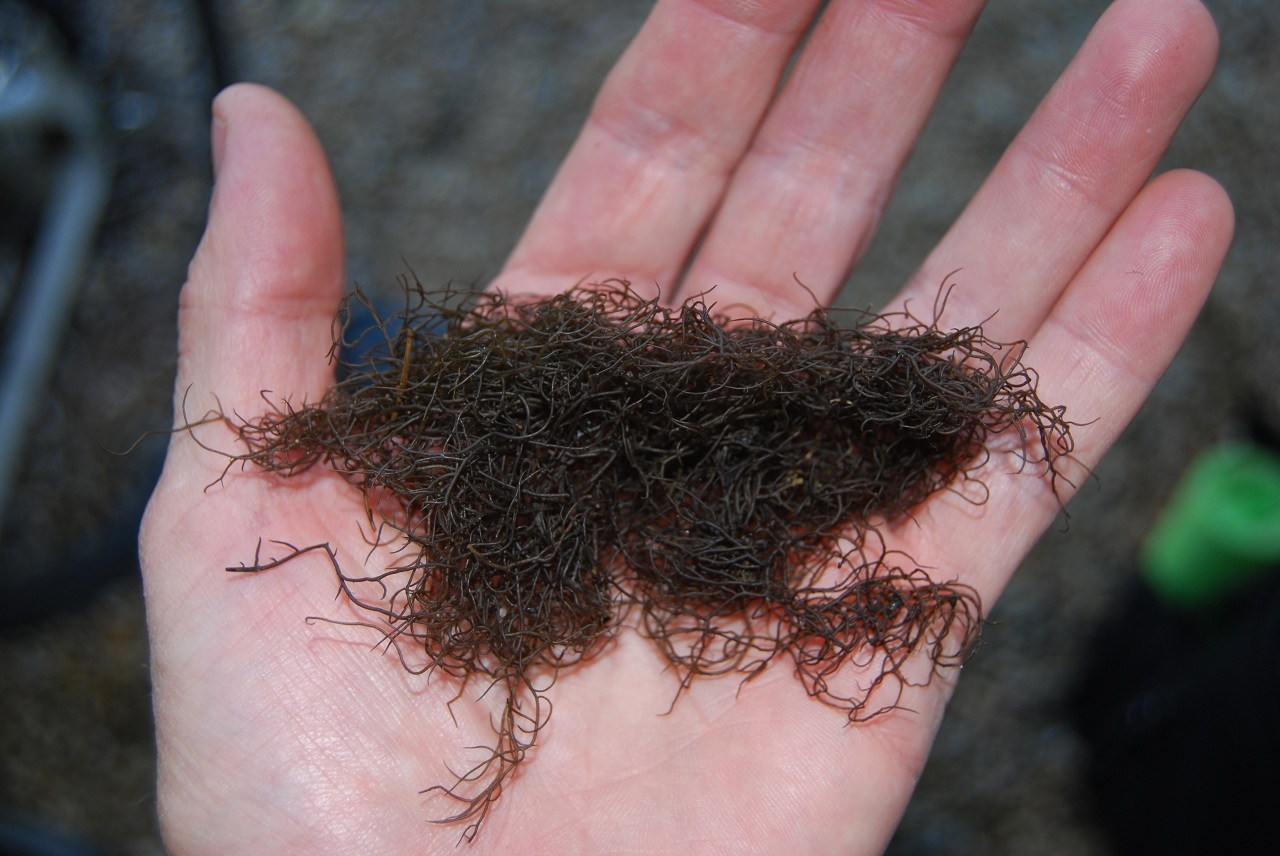Luderick fishermen can get particular about a number of things. This is because attention to detail means consistent fishing, fewer missed bites, fewer dropped fish and most importantly when conditions aren't ideal and the fish aren't biting freely, missing out on the dreaded donut.
One of the most important things to be particular about is the type and size of hook used, the type of bait used and bait presentaFirstly let's talk about hooks. Important sure, but not as important as the bait and it's presentation. Don't get too hung up on hooks (no pun intended) there are plenty of different ones that will work well with luderick. Firstly stick with small sizes when float fishing. Size 8 is a good place to start with size 6 useful for bigger fish. I have heard of many that use size 10 but personally I don't see any need for a hook that small. luderick have small mouths, but not that small that you need a size 10 and in my opinion you will need to strike harder and will miss more fish with hooks that are too small. Again this is my opinion and others seem to like the smaller hooks. As a general rule use larger hooks from the ocean rocks and smaller hooks in the estuary. When conditions are clear on the ocean rocks, treat it more like the estuary and use smaller hooks and baits.
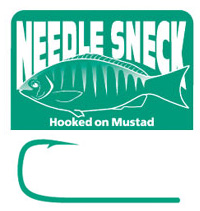
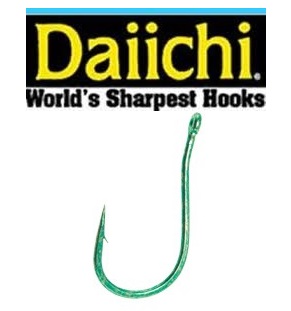
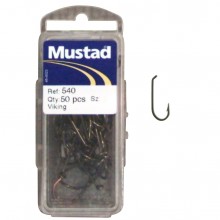
As far as brands and types go there are some real standouts. The Daiichi 2170,2171 and 2174 are very popular hooks and available in even sizes from 2 to 12. The different numbers are different colours, bronze, black and green finish. They are chemically sharpened and coloured, and I get good reports from all that use them. Another to look out for is the Mustad Green Sneck. I have great success with these, especially on average fish around the 30-35cm mark, again I stick to size 8 and 6. The snecks are chemically sharpened and like the Daiichis, relatively expensive. If you are after a cheaper option, then the Mustad 540 is a good place to start, cheap especially to buy by the box. These are bronzed hooks and I particularly like these in the size 6 for rock fishing when the luderick are over the kilo mark. One of the advantages of these bigger hooks is they will stay connected when you are trying to bounce fish out or when you need to wind them up a bit to land them. One great advantage of smaller hooks is that you can make your baits smaller and at times this can be an advantage, this may be why some people use the smaller hooks.
There are a number of baits that luderick will take, including marine algae of different types, peeled prawns, nippers and squirt worms. Usually when you are float fishing you will be using marine algae. Baiting up is hugely important, bait presentation is one fo the things that makes a difference between a bag of fish and none. You will often hear fishermen relating how they were fishing next to someone that was continually catching luderick after luderick and they were either catching the odd one or none at all. Its the little things that make the difference and one of these is bait presentation.
There is one trick that makes the difference, and this is really the game changer. You need a way of keeping the bait anchored above the top of the hook. There are several ways to do this including the use of a half hitch and the tying of a loop above the hook. To use a loop above the hook, tie a loop knot (search for Geoff Wilson's excellent knot book or look it up on the web). Pass the loop through the eye and over the point of the hook (you aren't actually tying the hook to the line).

You should end up with something approaching the above, the loop doesn't need to be this big, just big enough so that you can feed whatever weed you are using through the loop so that it hangs over the loop and stays above the eye of the hook. The other mechanism for keeping the weed above the eye of the hook is the half-hitch. This is the method I use, it works with all bait types, is easy to use, and makes knots easy to tie, which for me is important as I don't like taking my glasses fishing if I can avoid it. The half hitch is demonstrated in the short video above. All you do is make a loop in the line, turn it upside down, and place it over the bait (not over the bait AND the hook) and pull the main line tight, or at least tight enough that the line doesn't cut through the bait.
Once you have mastered one of these techniques, keep your baits small and don't wrap them onto the hook too tightly. The trick is to make your bait look as natural in the water as possible, if you wrap them around really tight you will end up with a bait that just looks wrong. So for cabbage baits I simply wrap a single leaf around the hook twice then put the point of the hook through once, then tie a half hitch around the top and trim the leaf so that the streamer is only the length of the hook.
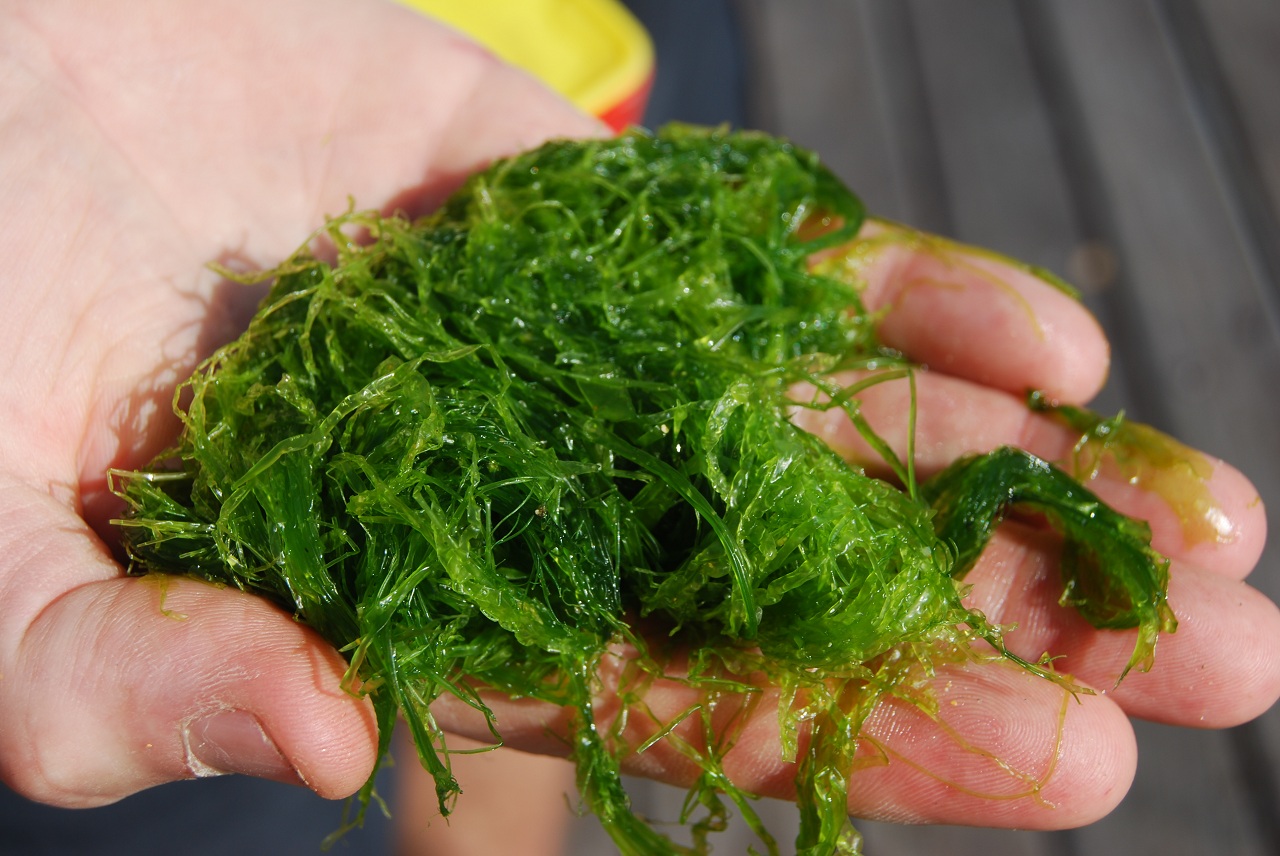
Green weed is fairly easy to apply but again don't wrap it too tightly, you want it to billow naturally in the water.
Black weed is probably the hardest of all to apply, but I have found that the half hitch really is the answer again. The black weed is like light steel wool, you simply bunch it and wrap it loosely around the hook and tie a half hitch over the top of the bunch. The fussier you get with tying these baits on, the less likely the bait is to look natural in the water.{jcomments on}

